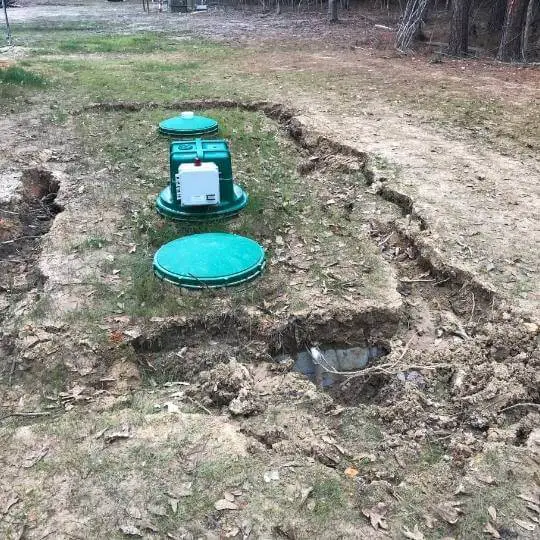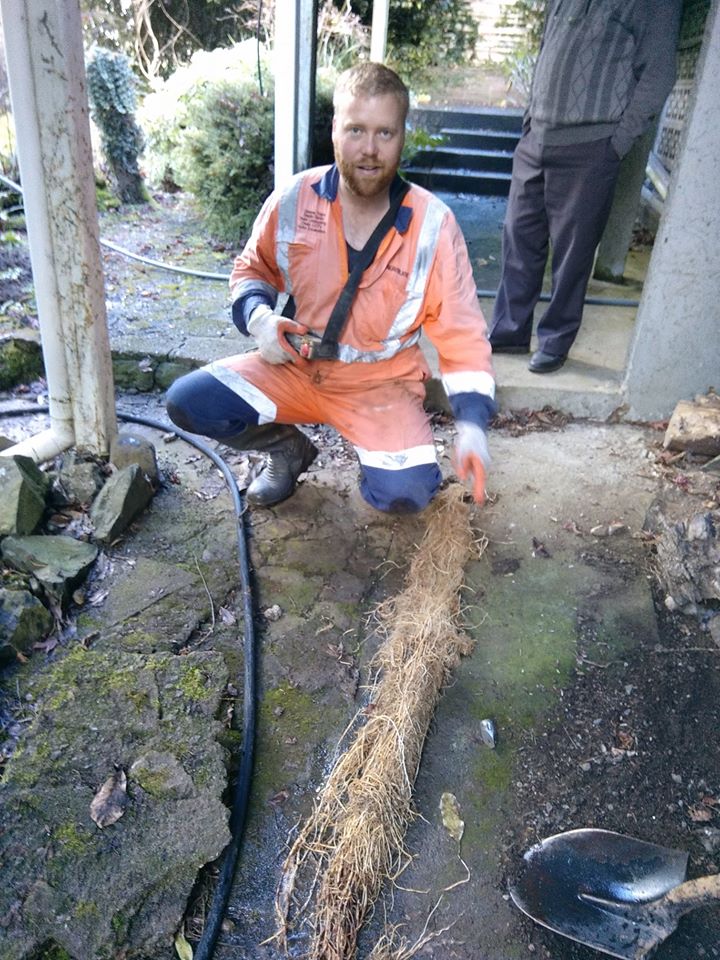
The wastewater is filtered through the stone and then treated by microorganisms when it grasps the soil below the stone or gravel trench. After this, place a geo-fabric material on the trench top to keep dust, sand, or other debris away from the clean stone. With the drain field, the sewage from septic tanks is channeled into underground trenches made of flat gravel or stone. The conventional septic tank system works in the following way: The name of this design refers to the structure of the drainage area. The stone/gravel drain field is a design that is existing from a long time. This conventional system typically installs in a single-family home and small businesses. A conventional septic tank system has a septic tank and drainage ditches or an underground sewage infiltration system (drain field). What is a Conventional Septic Tank System?Ī conventional septic tank system is a simple device for treating domestic wastewater. Final Treatment Disposal: ATI-J wastewater is discharged into the drainage area, whether it can be an evapotranspiration bed, an absorption area, or a sand filter.įor better understanding watch the below-given video:. UV light, bleach, chlorine, or other disinfection processes further treat the wastewater before it goes into the pump tank. In this step, you may use UV light or chlorine. Disinfection: This step has an extra treatment step for the wastewater leaving the aerobic treatment unit or ATI-J. This step increases the growth of aerobic bacteria, which help to digest solids in the effluent. Aeration Chamber: In this step, a blower or an air compressor forces the air to mix with the wastewater. This pre-treatment step separates the solids from the sewer water. Pre-Treatment: In this step, the septic tank is placed in front of the ATU (Aerobic Treatment Unit ), or ATI-J can use a septic or trash tank as part of its equipment. Bacteria eat the sewage products, breathe the air and release CO 2 as waste products.Īerobic treatment or aerobic septic system consists of the following processes that work together to deliver high-quality wastewater. During this, the surface or diffusion aerator simultaneously supplies additional oxygen and organic waste into the system. In the aerobic septic system, bacteria live in puddles or mud. So, these septic systems can use for a single-family home or a small group of houses. 
These systems are most common in that areas where public drains aren’t common. The working of an aerobic septic system is like a septic tank system, but the aerobic septic system uses an aerobic procedure instead of the anaerobic procedure.
9.3 Can a root killer be used in an aerobic septic system?Īn aerobic septic system also called an aerobic treatment system (ATS), is a small wastewater treatment technique that uses an aerobic method to digest sewages. 9.2 Can I put a aerobic septic tablet in my toilet tanks?. 9.1 What is the difference between an Anaerobic Septic System and an Aerobic Septic System?. Best root killer for septic tanks how to#
8 How to choose the right Aeration Septic System?. 7 What is the cost of an aerobic septic system?. 6.6 6) When to conduct a maintenance specialist for Aerobic septic system.  6.2 2) Most systems have warning lights to alert you to problems.
6.2 2) Most systems have warning lights to alert you to problems. 
6.1 1) How to access your Aerobic treatment system to make a proper check?. 6 How to Maintain an Aerobic septic system. 5 Advantages and disadvantages of an Aerobic Septic System. 4 Why do you need an Aerobic Septic System?. 3 Components of an Aerobic Treatment System. 2 What is a Conventional Septic Tank System?. 1 How does an Aerobic Septic System work?.







 0 kommentar(er)
0 kommentar(er)
